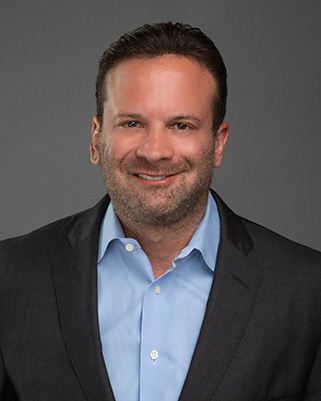Anyone who has worked in sales knows that confidence in the product you’re representing is a key factor in success. In medical sales, confidence must go hand in hand with caution, because a patient’s life or quality of life often depends on two factors: the excellence of the device, and the excellence of the doctor’s experience with it.
Last year the New York Times ran a sobering story that resulted in a lawsuit against a medical device manufacturer.[i] Before getting into details, I want to state that our Center is grateful that we have never been a party to lawsuits involving medical devices or their manufacturers. Here is the tale of a prostate cancer patient who went in for a prostatectomy performed on the da Vinci Surgical System. The surgeon had received training provided by the manufacturer, and had performed the procedure under supervision, but this was the surgeon’s first time “flying solo.” Sadly, the patient suffered collateral damage during 13 hours of surgery that led to years of major complications before his death from other causes. The husband’s widow initiated a lawsuit against the company.
This is not the first time patients have complained about injuries related to robotic surgery. In this case, according to the surgeon, no one warned him that the patient, who weighed 300 pounds, was not a good candidate for robotic surgery. According to the reporter, a good deal of the problem is connected to “the aggressive tactics used to market high-tech medical devices” which raises questions “about the quality of training provided to doctors before they use new equipment on patients.” In other words, there may be financial pressures on a hospital or physician to jump into a high-tech procedure without being sufficiently prepared.
As a physician, I must be diligent in researching new treatment approaches and devices. Have they been clinically tested and proven? Is there published research? Are they FDA cleared? If I’m persuaded that there’s merit to a novel method of detection, diagnosis or treatment, I must be patient in acquiring skill with it under the tutelage of an authority. Perhaps becoming adept at the robot requires more patience than other technologies do. One study of over 3700 patients in three high-volume academic medical centers suggested that robotic surgeons must perform hundreds of cases—and for high risk cases, it may take up to 1000 patients for their learning curve to plateau.[ii]
Although patients have little say in behind-the-scenes medical sales, all prostate cancer organizations encourage patients—regardless of the treatment they’re choosing—to turn to the doctor with the greatest experience in that treatment. This is as true for focal laser ablation as it is for robotics. At the Sperling Prostate Center, we continually strive to expand our experience with all services we offer, and to seek help and collaboration with international experts. Each and every day, we strive to give our patients the very best of the clinical services we offer: prostate cancer detection, diagnosis and treatment.
NOTE: This content is solely for purposes of information and does not substitute for diagnostic or medical advice. Talk to your doctor if you are experiencing pelvic pain, or have any other health concerns or questions of a personal medical nature.
References
[i] March 26, 2013 reported by Roni Caryn Rabin at http://www.nytimes.com/2013/03/26/health/salesmen-in-the-surgical-suite.html?mabReward=relbias:s,%7B%222%22:%22RI:17%22%7D&adxnnl=1&module=Search&pagewanted=all&adxnnlx=1410460000-UFxCpeCqo5in2dU4W8pXIw&_r=0
[ii] Sooriakumaran P, John M, Wiklund P, Lee D, Nilsson A, Tewari AK. Learning curve for robotic assisted laparoscopic prostatectomy: a multi-institutional study of 3794 patients. Minerva Urol Nefrol. 2011 Sep;63(3):191-8.


